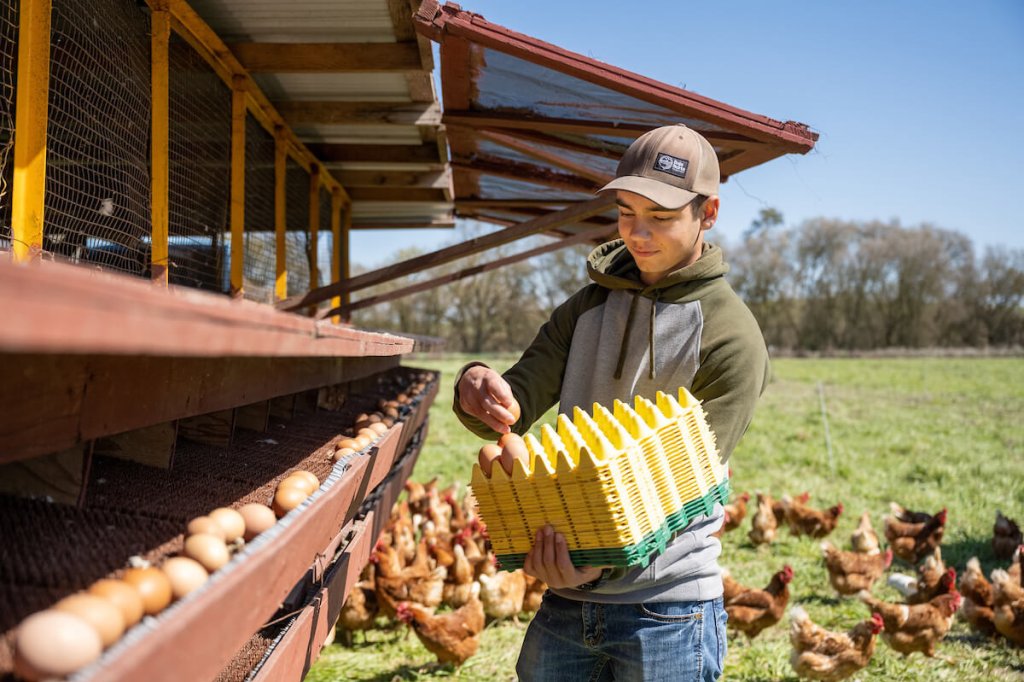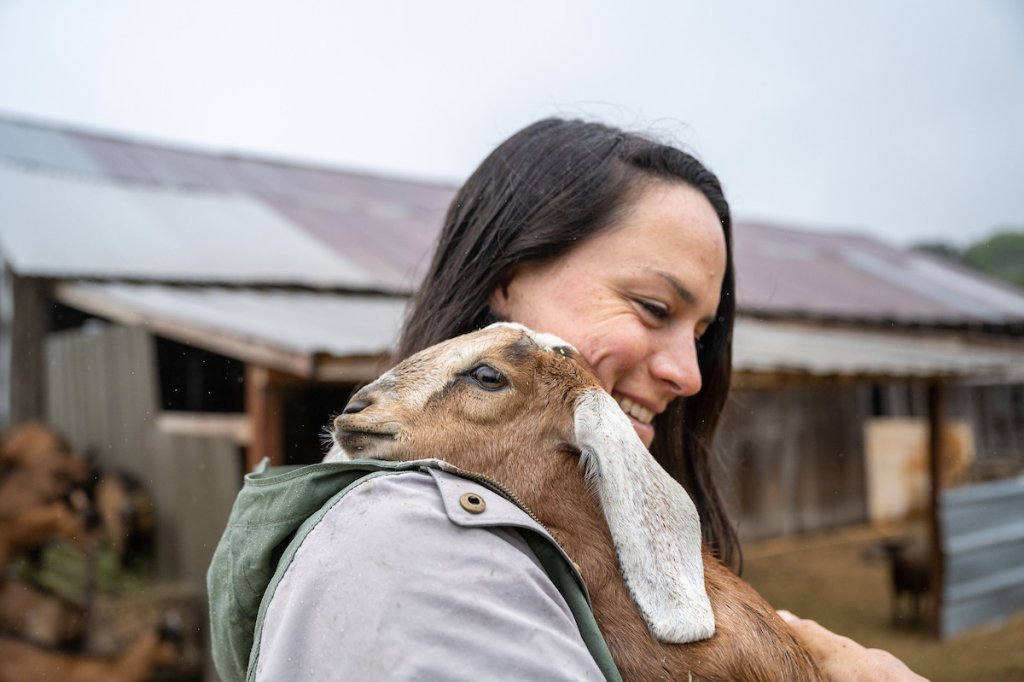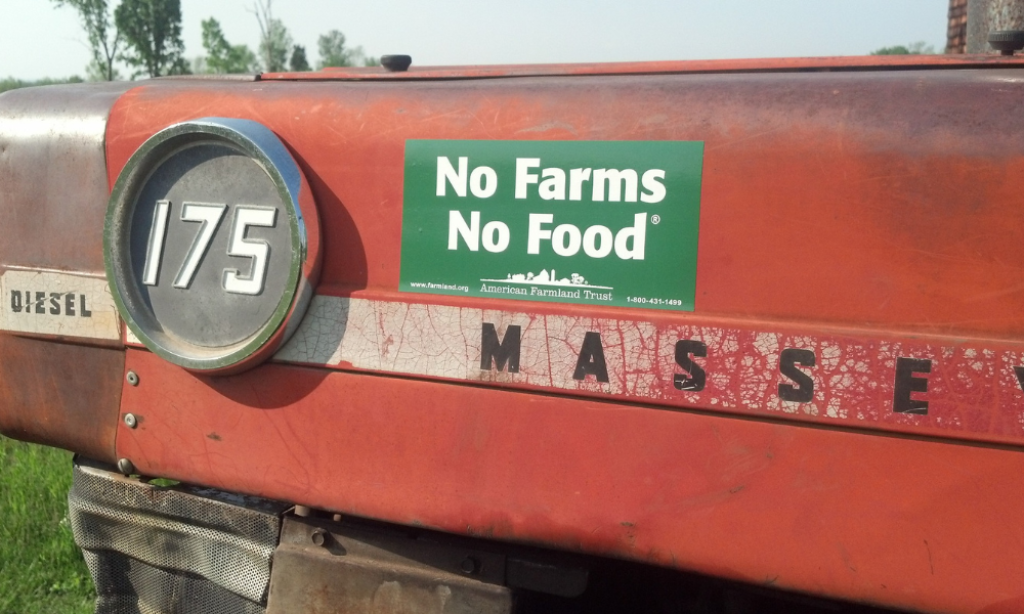AFT-NRCS CASE STUDIES IN ILLINOIS AND OHIO
Annual ryegrass after cornstalksFinancial stress is increasing for farmers and manufacturers in the heartland of America.
Farmers are increasingly having to overcome challenges such as climate change — re-shaping how and where certain crops can grow. They are also trying to surmount equipment changes as they explore and implement new and old conservation techniques to the landscape.
However, to ensure a sustainable future for their land there’s one place more and more farmers know they can turn: the soil beneath their feet.
To document the impact that soil health practices can have, AFT partnered with USDA Natural Resources Conservation Service on four new case studies that show healthier soil on farmland brings economic benefits to farmers and environmental benefits to both farmers and society.
Two of the four case studies profile farms in the Midwest. Here’s just a preview.
Ifft Farms, Illinois
Jim Ifft started farming in 1975 and currently farms with his wife, Julie, and son, Josh. The family grows corn and soybeans on 1,800 acres in northcentral Illinois, leasing over 1,600 them. They use soil health practices on all the acres, rented and owned.
Jim wanted to diversify his corn-soybean rotation and knew he was on the right track when he discovered cover crops. Jim credits cover crops for helping the farm implement no-till corn.
Through adopting cover crops and no-till practices, the Ifft’s have also applied their adaptive approach to nutrient management practices.
On the 1,650 acres in the study they improved their bottom line by $22 per acre, or $35,685 annually.
In addition, USDA’s COMET-Farm Tool analyzed one 80-acre field on the farm and estimated that Ifft’s soil health practices resulted in a 35% reduction in total greenhouse gas emissions — corresponding to taking eight cars off the road.
Jim and Josh host on-farm demonstrations to showcase the success they’ve had with cover crops and to provide a learning environment for other farmers—exhibiting future support to farmers who are seeking to implement these types of conservation practices.



